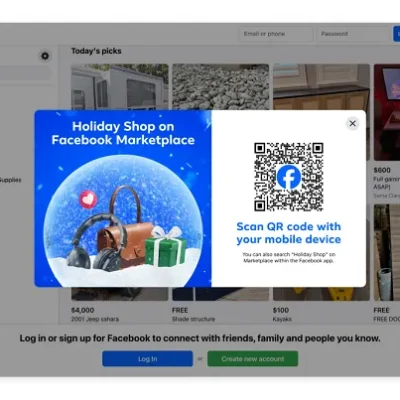The comments come days after President Donald Trump shared an image on social media hinting at a proposal for 50-year mortgages — an idea that quickly drew criticism due to its limited impact on affordability given the significantly higher life-of-loan interest costs.
‘Not a realistic option’
Assumable mortgages — which allow qualified buyers to take over a seller’s existing loan terms, including its balance and interest rate — have drawn cautious optimism from industry participants. But portable mortgages, which let borrowers transfer an existing loan from one property to another, face more skepticism.
“While details are limited, making conventional mortgages portable would likely reduce originations and further strain an already struggling industry,” said Brendan McKay, chief advocacy officer at the Broker Action Coalition. “And while the idea may sound appealing given how low rates were not long ago, existing loans can’t be rewritten to make them portable, so it wouldn’t provide any immediate relief.”
Ron Gapp, a partner at law firm Brody Gapp LLP, added that while portable mortgages are recognized in other countries like Canada, they are extremely rare in the U.S.
“The advantage is that the borrower can retain the original loan terms, which may be more favorable than current market conditions,” Gapp said. “However, nearly all residential loans written in the United States today do not permit portability under their contractual terms. As a result, portable mortgages are not a realistic option for most borrowers today given the terms they agreed to originally or what is currently being offered.”
Bob Simpson, CEO of Daylight AML, wrote in a recent HousingWire column that portable mortgages are “neither fantasy nor untested,” adding that they are common in countries like Canada, Australia and the U.K.
“They require administrative work and coordination,” Simpson wrote. “With the stroke of a pen, trillions of dollars in sub-5% loans would be on the market and available to buyers.”
Kevin Peranio, chief lending officer at PRMG, added that “it’s good if you are a servicer like us because 75% of sellers buy.” Meanwhile, 40% or more of purchases go to first-time homebuyers, “so still a massive amount that is not impacted,” he added.
One of the biggest hurdles to introducing portable mortgages lies in how loans are structured — they’re secured by the property itself.
“The biggest roadblock I see with portable mortgages is the way our mortgages work — they’re secured to the actual property’s collateral,” said Matthew VanFossen, CEO of Absolute Home Mortgage Corp.
“So how do you lift and modify a note to another property? I don’t believe there’s an actual vehicle or mechanism that would be within the director’s power or ability to even make a mortgage fully portable. We have a mechanism for that now. It’s called paying off your current mortgage and applying for a new mortgage.”
Economics in servicing
Assumable mortgages are not new, but only certain loan types qualify.
Mortgages insured by the Federal Housing Administration (FHA) and the U.S. Department of Veterans Affairs (VA) are generally assumable. Loans backed by the U.S. Department of Agriculture (USDA) and some conventional adjustable-rate mortgages (ARMs) may also qualify under specific conditions.
In these cases, no appraisal is required, but the buyer must undergo the standard underwriting process to qualify. Fees are typically lower than for new loans — a dynamic that can make the product less attractive to some lenders and loan officers.
“This feature can be particularly attractive in today’s market when sellers may have locked in low interest rates during the COVID era, allowing buyers to avoid higher current market rates,” Gapp said.
But experts caution that making assumable mortgages more widely available would require addressing the economics for servicers. Currently, the FHA limits the fee servicers can charge to process, underwrite and close a loan assumption — raised in 2024 to $1,800 from the previous $900 cap. But some say the new limit still doesn’t cover the actual costs.
“Only a fraction of applications are actually approved for assumption,” VanFossen said. “The biggest roadblock is the cost to manufacture — we know it’s upwards of $10,000 per loan. You can’t churn an assumption unless you’re willing to re-underwrite the file for that fee. It’s not in a servicer’s best interest to allow that mortgage to be assumed.”
VanFossen also wondered if conventional mortgages become assumable a year from now, when rates may be down to 5.75% or less, how attractive are those to be assumable?
“Also, is there a different fee structure? Are the valuations of an assumable versus a non-assumable mortgage priced differently in the secondary market?” he asked.
Another challenge arises in markets where home prices have surged, as buyers may need significantly larger down payments to make up the gap between the existing loan balance and the current market value.





